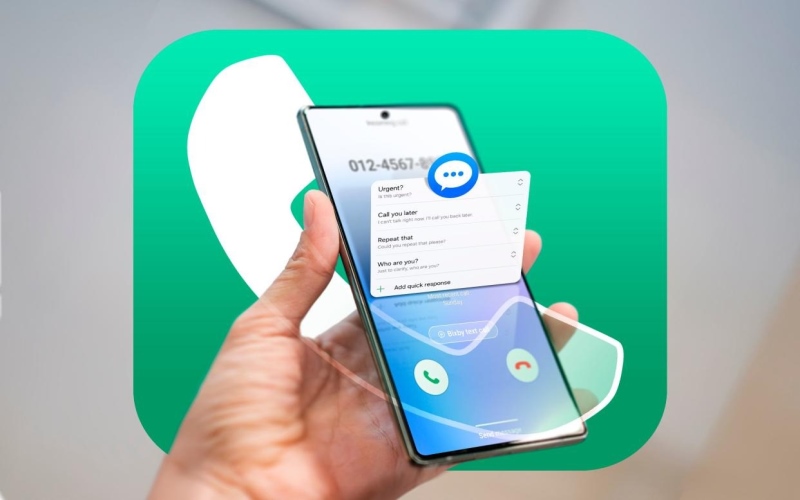Text messages serve as an effective tool for maintaining contact with others. The process of obtaining a response through text messages proves challenging at times. Most messages fail to receive any response. The foundation of successful SMS writing involves creating messages that attract attention while promoting interaction and simplifying response processes. Text messages function as an effective communication method when used properly.
Keep It Short and Clear
People dislike receiving lengthy messages through text. Long messages create overwhelming feelings that lead people to ignore them. Messages that are brief and direct capture attention more effectively. The messages require less time to read while also simplifying the response process for recipients. Messages containing excessive details often result in no response from the recipient. The message becomes more likely to receive a response when it remains direct. Eliminate all nonessential words and complex verbalization.
A message needs to be understandable within a few seconds of reading. The message requires clear language because it needs to be straightforward. The speed at which a recipient understands a message directly affects their likelihood to respond. A direct call to action enhances the level of recipient engagement. The main points should take precedence over detailed descriptions. Well-structured messages get better responses.
Make It Personal
Generic messages lack warmth. They sound automated and impersonal. Personalization makes a difference. Using the recipient’s name helps create a connection. Adding a relevant detail enhances that effect. A personalized message captures attention and makes the recipient feel valued, increasing the likelihood of a response. People prefer interactions that feel genuine. If a message sounds robotic, it will likely be ignored.
Mentioning something specific, such as a past conversation or shared interest, can make the recipient more inclined to respond. Messages that feel unique stand out. Personalization also builds trust, making people more likely to engage. The more a message feels tailored, the better the response rate will be.
Ask a Question
A statement often goes unanswered, while a question invites a reply. The best messages encourage a response by making it easy to answer. Simple questions work best. If a response requires too much effort, the recipient might delay or ignore it altogether. A clear and direct question creates an open conversation. Open-ended questions can encourage longer responses, but closed questions are often more effective in getting quick replies. Instead of vague prompts, use specific questions that require a simple answer. Questions also create curiosity, making the recipient more likely to engage. Asking about preferences, opinions, or experiences increases interaction. Thoughtfully crafted questions can lead to ongoing discussions.
Create a Sense of Urgency
Without urgency, messages can be forgotten. A time-sensitive element can help. Words like “today” or “right now” create a sense of immediacy. If there is a deadline, mentioning it is useful. Urgency encourages quick action but should feel natural. Too much pressure can backfire and turn people away. A well-placed deadline can prompt an immediate response. Limited-time offers or expiring opportunities make people act quickly.
However, urgency should not feel forced. If a message creates unnecessary stress, it can have the opposite effect. The goal is to create motivation, not anxiety. Balancing urgency with a friendly tone makes a message more effective. Used correctly, urgency increases response rates.
Use Mass Texting Wisely
Sending the same message to multiple people at once can be effective. However, it must feel personal. If a message appears automated, it is more likely to be ignored. A small personal touch can make a big difference. Even something as simple as addressing the recipient by name changes how a message is received. Personalization leads to better engagement.
Messages that sound overly generic lose impact. Including details relevant to the recipient improves response rates. A good approach is segmenting the audience to send messages that resonate with each group. The more a message aligns with the recipient’s interests, the more likely they are to respond. Thoughtful mass texting improves engagement.
Conclusion
The best SMS messages feel natural and engaging. They invite conversation, are easy to read, and encourage quick responses. Clarity, timing, and tone all play a role in making messages effective.
With the right approach, sending text messages can become a powerful way to connect with people and receive timely responses. The goal is to make each message feel meaningful and relevant. When people feel valued, they are more likely to reply. Writing messages that stand out requires thought and effort, but the rewards are worth it. Mastering this skill ensures better communication and stronger relationships.

